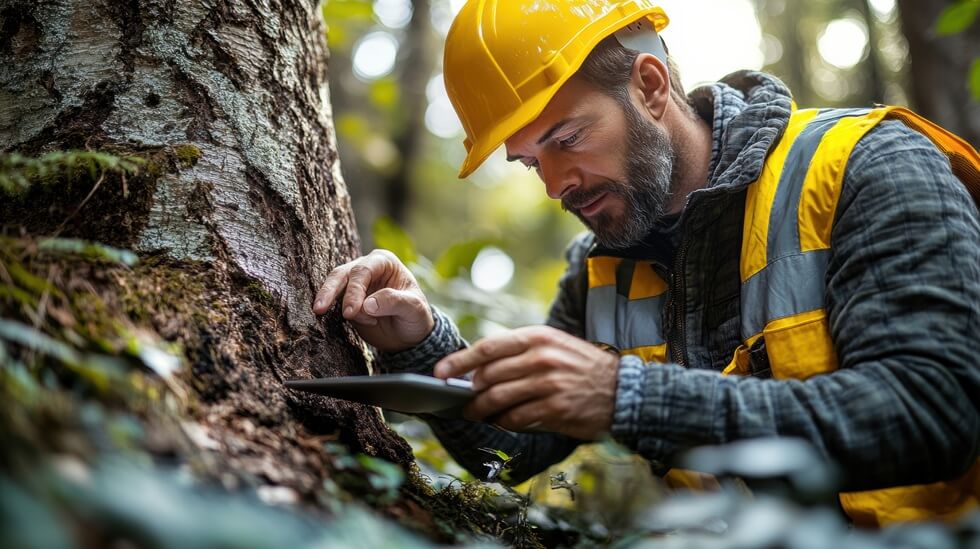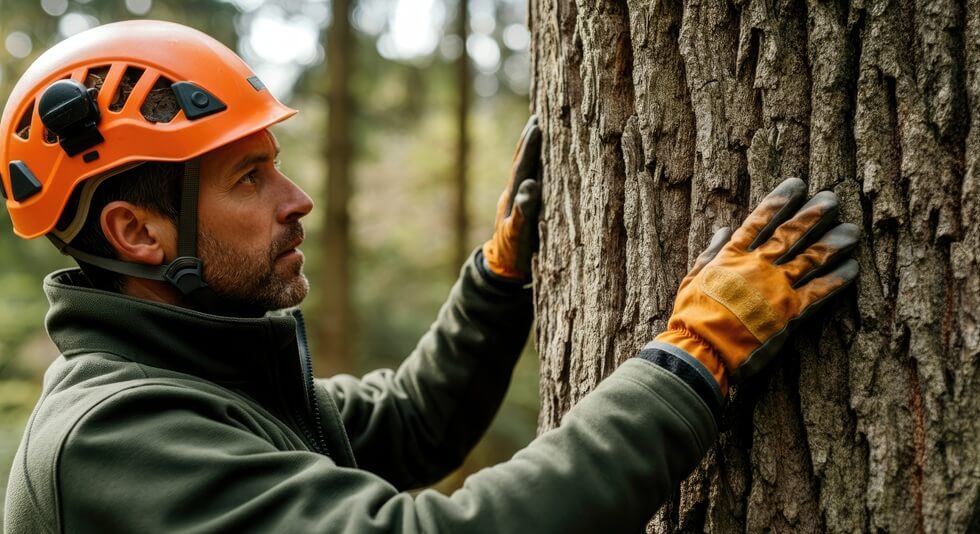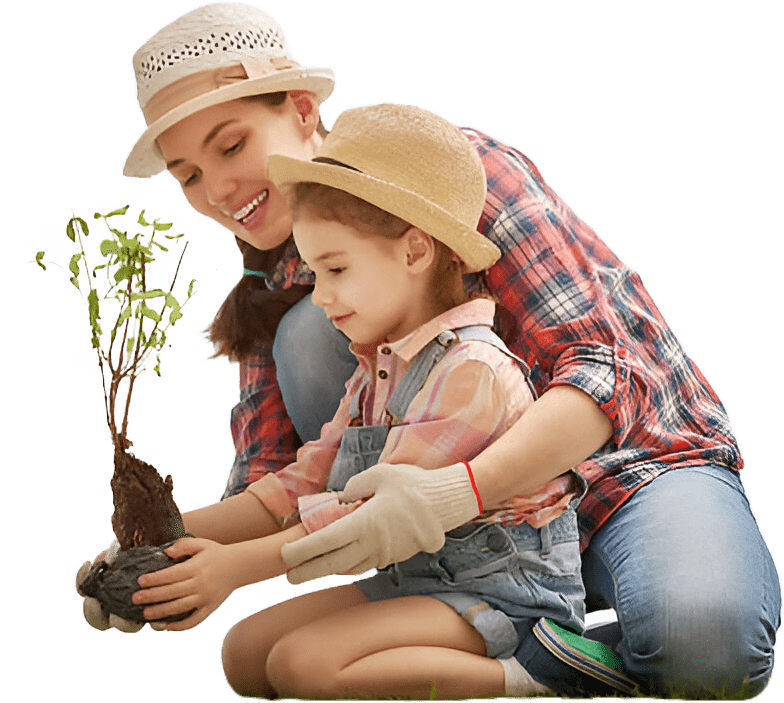Investing in trees adds value to residential and commercial landscapes, and as with any investment, these too should be protected. Yet, many property owners fail to anticipate the impact that seasonal changes, diseases, or age can have on their trees. Although trees may appear sturdy, they can often hide issues that only a plant health care expert can recognize.
Additionally, the individual health of each tree is not the only possible area of impact. A fungal disease, pest infestation, or other environmental issue can spread between plants and create havoc for the entire landscape.
Regular tree inspections are an essential part of property ownership because they allow owners to identify and respond to plant health issues early. This provides the best chance of avoiding unnecessary tree removals, preserving the beauty and value of a landscape, and stopping dangerous diseases before they spread.

Common Tree Health Issues
Arborists can conduct a routine inspection to diagnose a strange symptom of a tree or simply maintain its current status. These plant health care experts are trained to recognize the distinct signs of illnesses or structural issues specific to various trees. However, property owners should also know how to spot these signs, when to contact tree care experts, and how to create a targeted treatment plan.
Some of the most common signs of negative tree health issues include:
Changing Colors: Tree leaves that change color suddenly or out of season can be an early indicator of a tree disease. Pale or yellowing leaves can indicate oak wilt while brown leaves can be a sign of a fungal infection from the raffaelea lauricola, the fungus that causes laurel wilt. In any case, changing leaf colors often indicate a change in the vascular system of the tree, a signpost to common diseases.
Spots or Rings: Most tree leaves should not have spots or colored rings. Noticing these markings is often a warning sign of a tree illness. Brown spots on the leaves surrounded by a red ring can signal a fungal disease called discula anthracnose.
Bark Shedding: Tree bark protects the flesh of the tree from environmental damage. If the bark is pulling off in patches, the tree could be infected with an illness. One such illness common among trees in Virginia is called “thousand cankers disease.” This illness is a fungal infection that impacts healthy black walnut trees, often killing them.
Leaning Trunk: Diseases are not the only cause of plant health care issues. Trees can begin leaning or growing too closely together, leading to structural growth patterns that can weaken the tree or turn it into a hazard.
Evidence of Pests: Many tree pests in Virginia leave tell-tale signs of their presence. The Emerald Ash Borer, for instance, burrows beneath the bark and leaves a swirling trail. Hemlock woolly adelgid produces waxy white beads of sap on the branches. Spongy moths leave shredded or missing leaves. Many of the most common and beautiful trees in Virginia, such as birch, alder, aspen, willow, and Virginia chestnut, are vulnerable to these invasive pests.
Time is of the essence for trees infected with these and other pests. Without regular tree inspections, owners will likely miss the signs of a deadly fungal infection or pest infestation until it’s too late to save the tree. By then, other trees may already be infected.
How Tree Inspections Can Help
Regular tree inspections help property owners spot signs of infestations, diseases, root instability, or structural issues before these problems impact the safety and beauty of the landscape. Early interventions for these and other issues can prevent costly damage and save trees that would otherwise need to be removed.
Plant health care experts can identify defects or symptoms before they become costly accidents, but they can also advise property owners on how to care for their ecosystems. Many property owners wish to develop their properties or build new structures. Tree health must be carefully considered before making any landscape changes due to potential risks such as damaged roots, sunlight disruption, and more.
Yet, the signs of structural damage may not be immediately apparent. Regular inspections before, during, and after landscaping projects can help owners recognize and respond to changes in their trees before they become more serious.

Partner With a Plant Health Care Expert to Protect Your Landscape
No matter how well-educated property owners become on the signs of common tree diseases or the causes of structural issues, plant health care experts can spot issues quickly and accurately to create a targeted response plan. Regular inspections help property owners mitigate the risks of construction or landscaping projects, preserve the beauty and safety of their property, and remove trees when necessary to prevent the damage from spreading.
At RTEC Treecare, our experts can help with the early detection of health issues in your trees. Contact our team of tree care experts today to set up regular tree inspections and protect your landscape from any potential threats.


